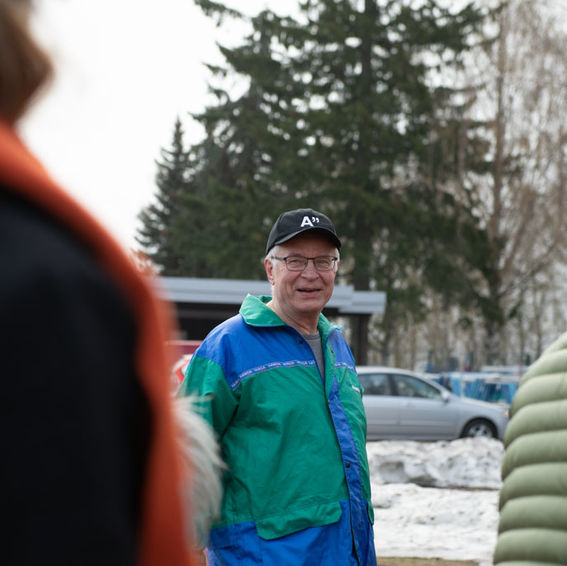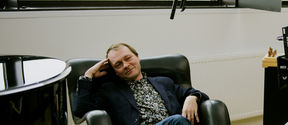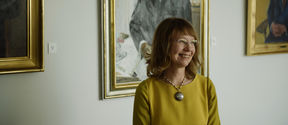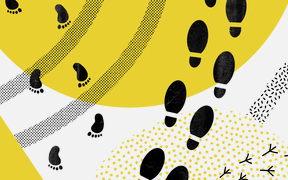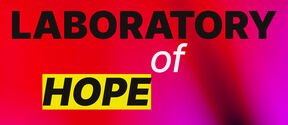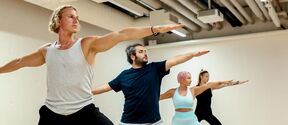How does it feel to walk in Risto Ilmoniemi's shoes?
I'm not usually interested in knowing what's going to happen tomorrow. And I don't want an easy life, because it would not be interesting. Sometimes there have to be storms, snow and slush. For example, we were recently skiing in the Alps. One day, there was a terrible fog, and I was the only one who went out in the bad weather. I went by myself for dozens of kilometres. It was not easy and not particularly enjoyable as the snow hit my face and I couldn't see much of anything. But it would we rather boring to live in eternal sunshine.
What's it like to be a professor?
This is a very interesting and in a good way crazy working environment. As a professor doing research, you are supposed to decide youself what you want to do. The Dean, the Head of the Department or the President of the University will not say what you should do. Yes, the university has metrics: you are expected to create new knowledge and new understanding and publish the results. That's where creativity comes in. It's a bit like going into the blueberry forest. You don't always know in advance where the berries are. You just go wandering around and then by chance you may find them. Or you find something else.
It’s quite special to be a university professor. We’re supposed to teach and do research, but we also have to do a lot of administrative work. If too much time is spent with administrative stuff and bureaucracy, there are less opportunities to do good science and provide excellent teaching.
Research gives me the opportunity to express myself by inventing or writing. I sometimes compare it to drawing something as a child with my modest skills and showing it to my mother. At work, I make something small and show it to other researchers. The feeling is the same as when I was a child.
But sometimes I feel that I've not really accomplished anything. I have thought many times that I am going to give up the whole thing: this is not going to work. But I recover quickly: often already on the next day, optimism is reborn.
A good thing about being a professor is that you have to teach. Even if the research fails, you can still teach. After all, that's what university is all about. If the students succeed, then I don't have to be disappointed with my work. It is a privilege and great pleasure to be able to work with motivated students, excellent researchers and the rest of the personnel.










